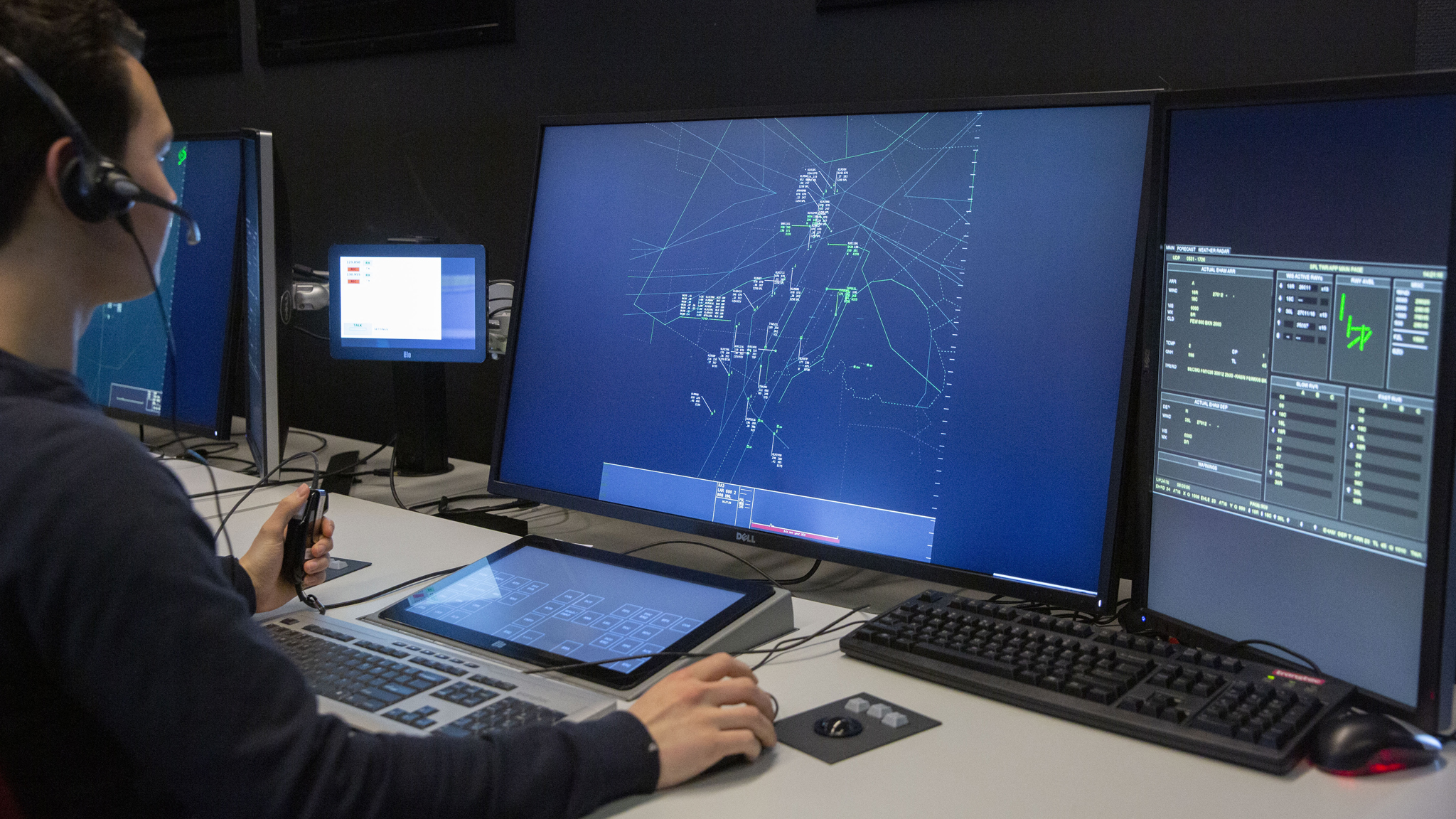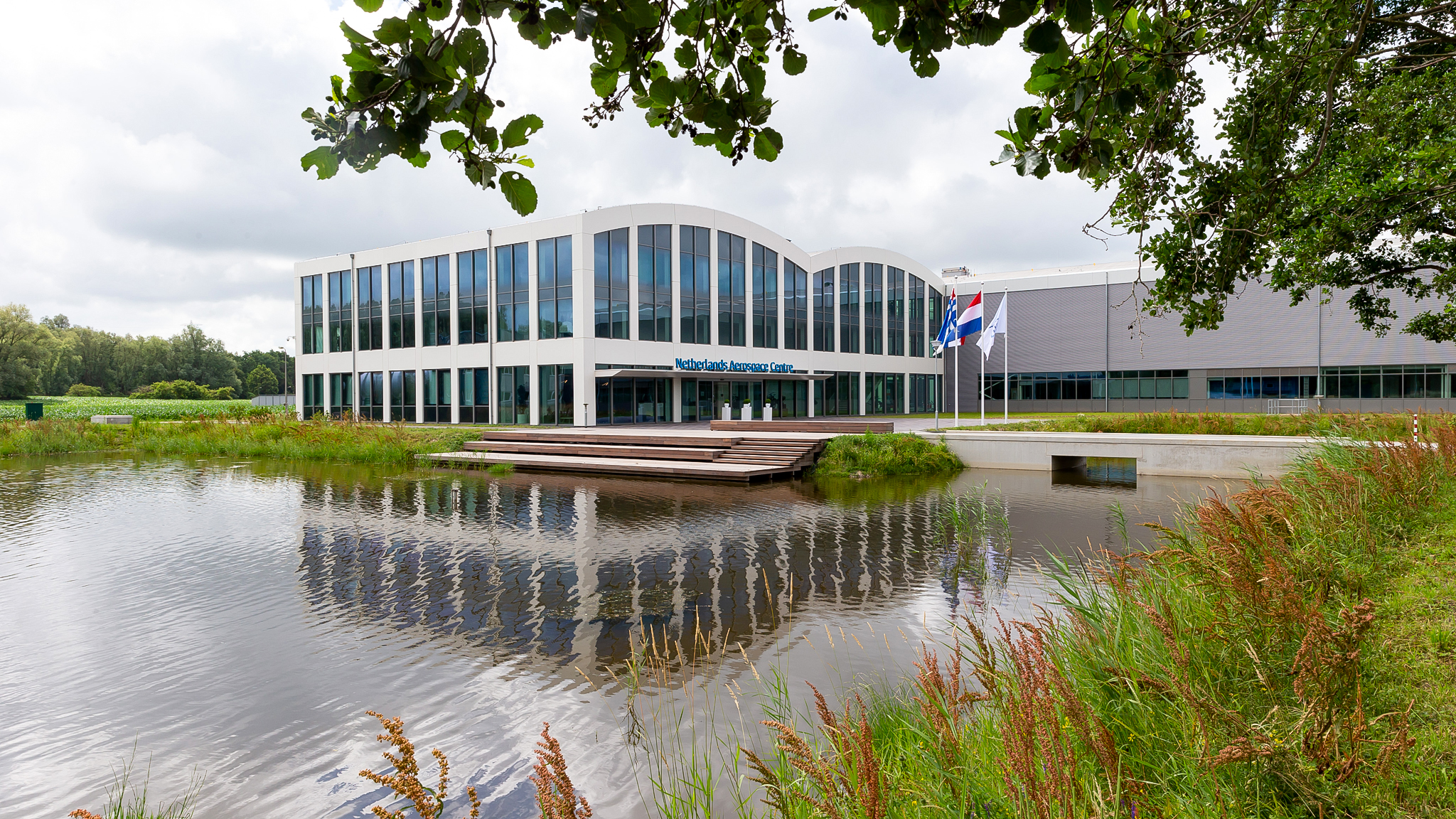The introduction of new technologies such as 4D trajectories, pilot controller datalink, and enhanced mode-s is transforming the air traffic management landscape. As these changes unfold, it’s essential to ensure that air traffic controllers (ATCos) are optimally supported in their critical work. NLR’s expertise in Human Machine Interface (HMI) design can help organisations navigate these changes. Our experienced designers have deep understanding of operational air traffic management and can help address key questions such as how to integrate new information without overloading ATCos, how to design intuitive HMIs and how to generate user buy-in for new systems. With our structured and proven approach, we can help you create HMIs that enhance controller performance, reduce workload, and increase overall efficiency.
NLR can support you with:
- Applying a human-centred design approach to develop intuitive and effective human machine interfaces (HMIs) for air traffic management (ATM) systems.
- Involving end-users and stakeholders in the design process to ensure that solutions meet their needs and expectations.
- Conducting rapid prototyping and evaluation of HMI designs in simulation environments to test functions and usability.
- Facilitating user sessions, evaluations, and testing with groups of end-users, including multiple roles and disciplines.
- Utilising our research simulator NARSIM to simulate ATC environments and evaluate HMI changes in a realistic setting.
- Applying augmented reality (AR) and virtual reality (VR) technologies to simulate new designs and evaluate their effectiveness.
- Conducting human-in-the-loop evaluations, including:
- Objective and subjective measurements to assess the impact of HMI changes.
- Methodological triangulation to combine performance data, subjective user ratings, and objective measurements (such as eye tracking and heart rate) to validate the effectiveness and safety of new solutions.

